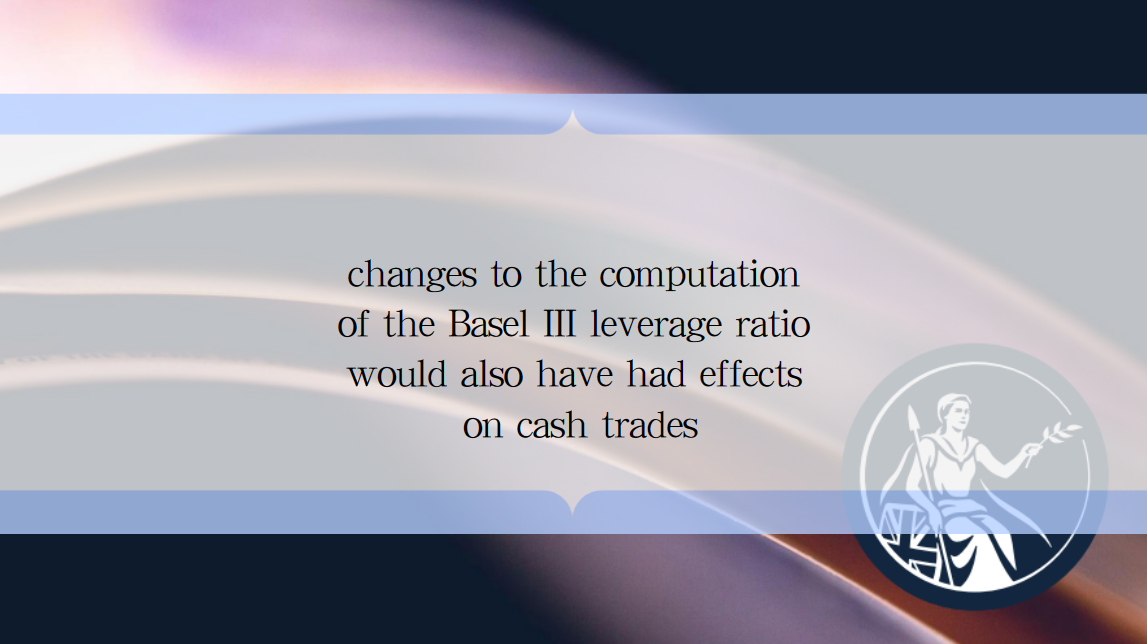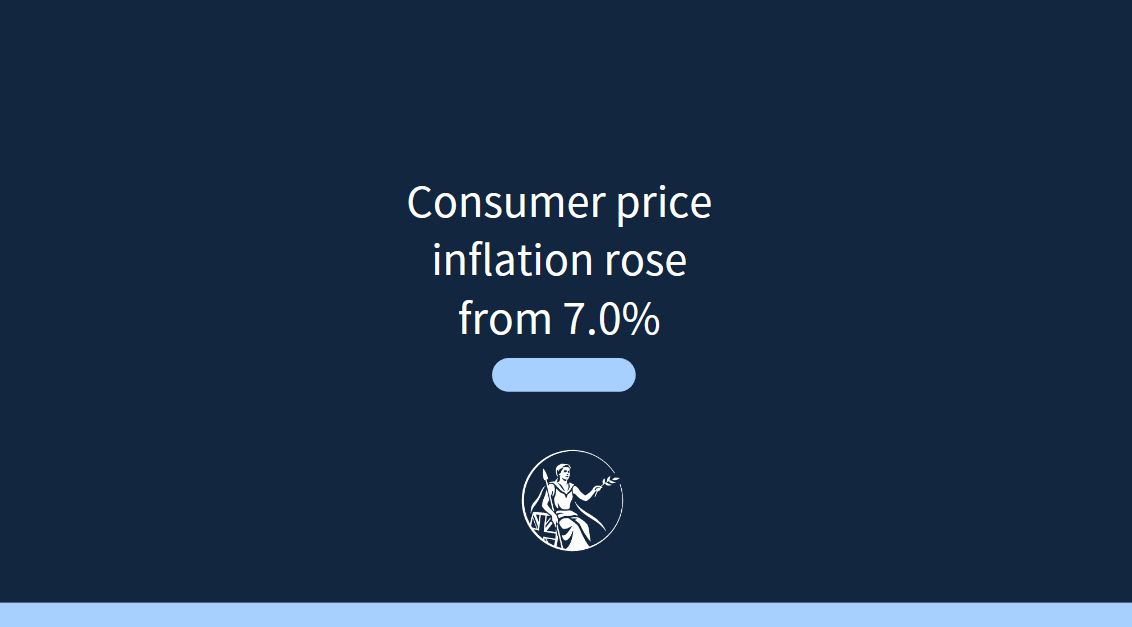New Cyber and Information Risk Regulations for the Financial Sector in Zambia!
To ensure a secure and resilient environment, the Bank of Zambia has recently introduced new guidelines in Government Gazette Number 7140, dated 19 May 2023.
The Bank of Zambia’s proactive approach to cyber and information risk management not only protects individual organizations but also safeguards the overall stability of the financial system. By implementing these regulations, businesses can mitigate potential risks, detect and respond to cyber threats effectively, and ensure the integrity and confidentiality of financial data. This, in turn, promotes a resilient and secure financial landscape that enables seamless digital financial services and bolsters the trust of stakeholders.
These new regulations play a vital role in enhancing financial system stability and facilitating the transition to a robust and secure digital financial services sector. By setting minimum requirements and providing a comprehensive framework for cyber and information risk management, the Bank of Zambia is actively promoting a culture of cybersecurity and risk awareness within the financial industry.
Furthermore, these regulations encourage financial institutions to leverage digital innovations and embrace the benefits of a digital financial services sector. By establishing clear responsibilities and guidelines, the regulations ensure that cybersecurity is integrated into the fabric of financial operations. This fosters confidence in conducting digital transactions, promotes financial inclusion, and supports the growth of a dynamic and technologically advanced financial ecosystem.
Key Responsibilities of Board Members
• Setting the Tone: Board members must cultivate a strong culture of risk awareness and emphasize the importance of cyber and information risk management. This includes promoting a proactive and vigilant approach to cybersecurity throughout the organization.
• Strategic Direction: Board members should provide clear directions to senior management on what cyber resilience should achieve. This involves outlining the organization’s cybersecurity goals and aligning them with business objectives.
• Risk Management Strategy: The board should establish and implement a comprehensive cyber and information risk management strategy. This strategy should be regularly reviewed and updated to address emerging threats and changes in the risk landscape.
• Risk Appetite and Tolerance: Board members must approve the organization’s risk appetite and tolerance for cyber and information risk. Considering the evolving threat landscape, it is essential to strike a balance between innovation and security.
• Oversight and Review: Regularly reviewing and approving cyber and information risk management policies, work plans, and outcomes is vital. Board members should provide interventions where necessary and ensure that the organization maintains compliance with the regulations.
Key Responsibilities of Senior Management:
• Implementing the Framework: Senior management is responsible for effectively implementing the cyber and information risk management framework. This includes assigning responsibilities and authorities for roles relevant to risk management and ensuring appropriate committees are in place.
• Security leadership: Designate an appropriately qualified senior officer as a Chief Information Security Officer (CISO) independent from day-to-day information technology operations to be responsible and accountable for executing the cyber and information risk management framework with sufficient authority and resources.
• Roles and responsibilities: Determine the best reporting options of the CISO depending on factors such as vision and strategic goals, culture, management style, security maturity, IT maturity, risk appetite and all relevant dynamics involving the current security posture and reporting lines. Assig the designated CISO with the responsibility to oversee and enforce cyber and information risk management policies, frameworks and other technology related regulatory requirements.
• Risk Reporting: Regularly apprising the board on significant cyber and information risk developments and incidents is crucial. Senior management should provide timely and comprehensive reports to enable informed decision-making and risk mitigation.
• Collaboration and Information Sharing: Senior management should foster collaboration with relevant stakeholders to share information on cyber threats, incidents, and attacks. This promotes a collective effort in managing and responding to cyber risks.
• Third-Party Risk Management: Overseeing the evaluation and management of cyber and information risk introduced by third-party service providers is essential. Engaging reputable independent auditors to provide assurance reports for these services can help ensure compliance.
• Security Awareness and Training: Cultivating a strong level of awareness and commitment to cyber resilience is paramount. Senior management should conduct regular comprehensive cyber and information risk awareness training programs for staff and stakeholders.
Understanding and adhering to these guidelines is crucial for the financial sector in Zambia. It is imperative that board members and senior management work collaboratively to create a robust risk management structure and implement effective controls. By doing so, organizations can safeguard their operations, protect customer data, and maintain trust in an increasingly digital landscape.





















































First, please LoginComment After ~